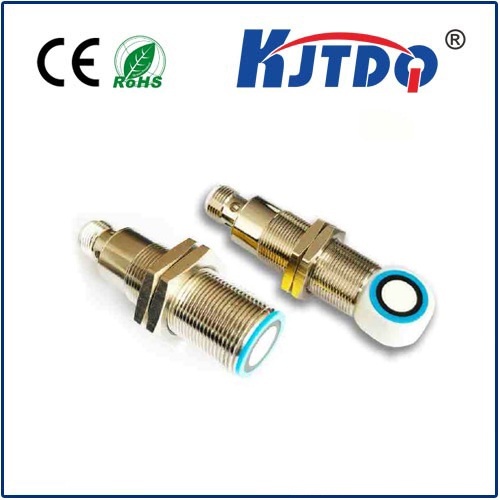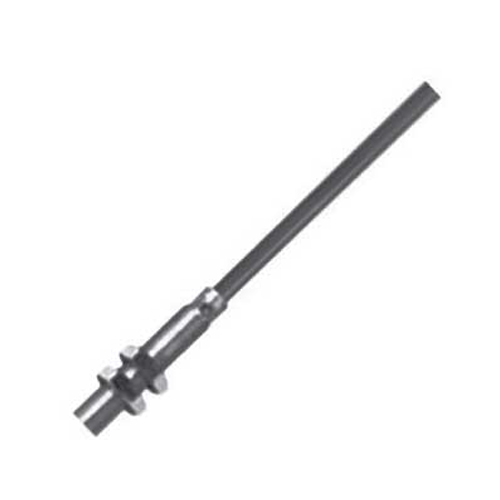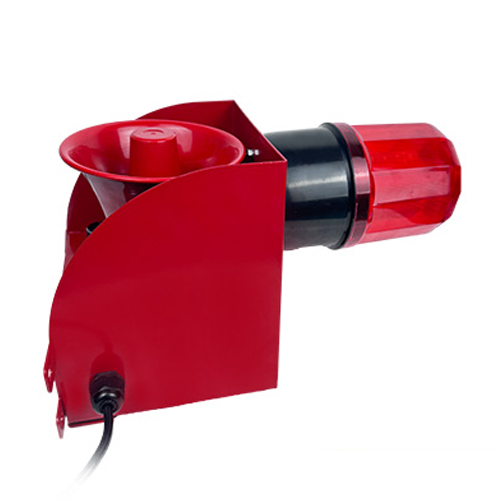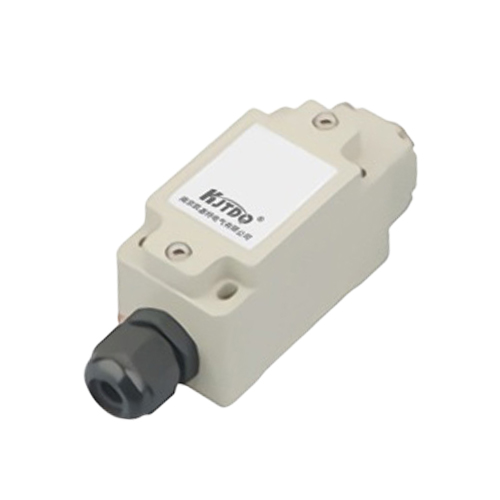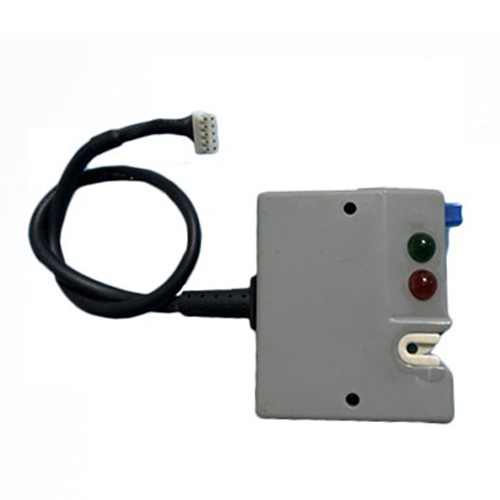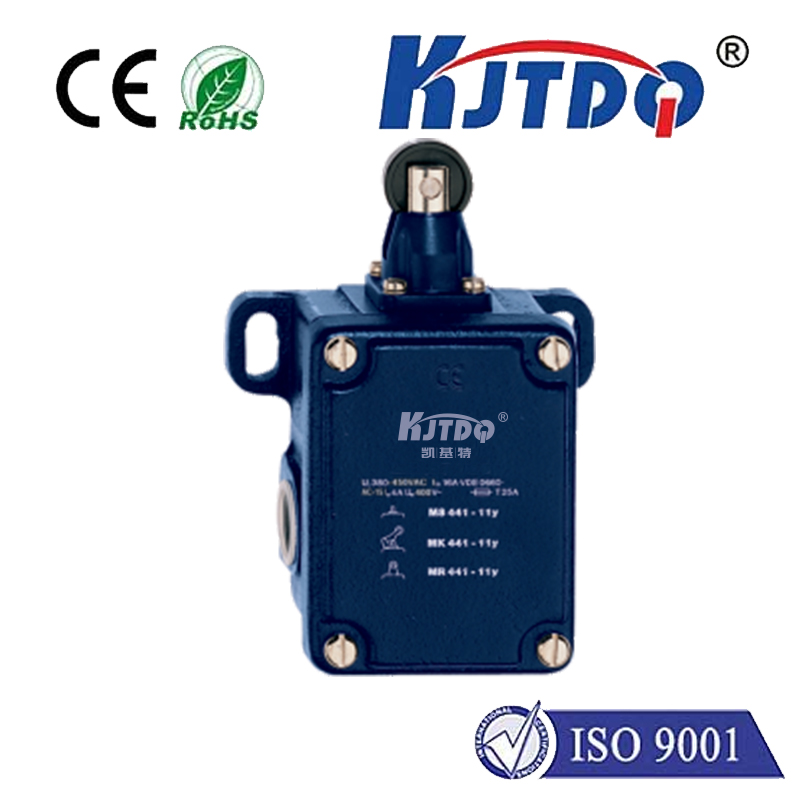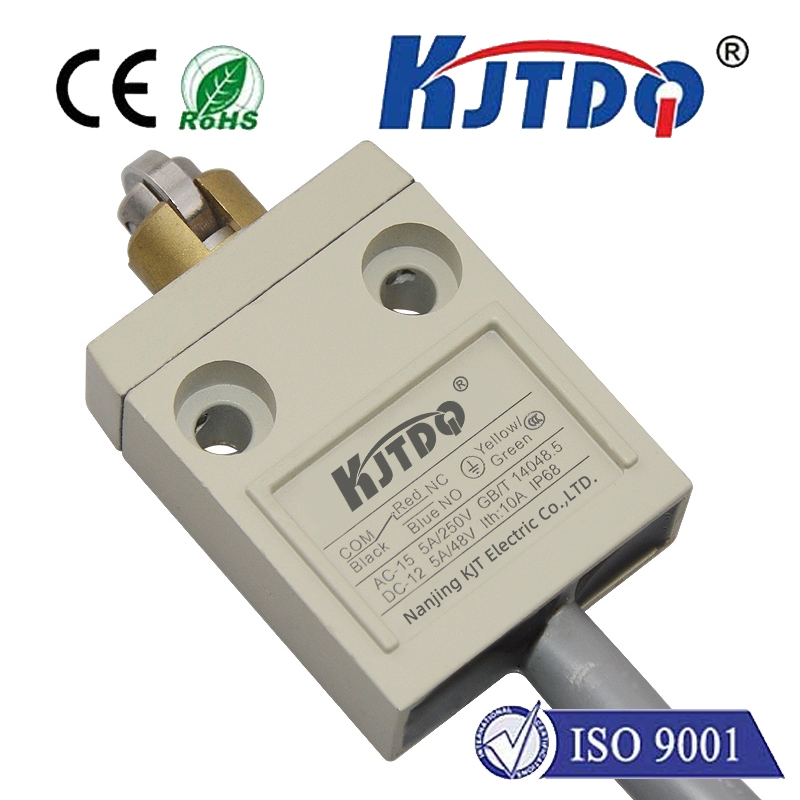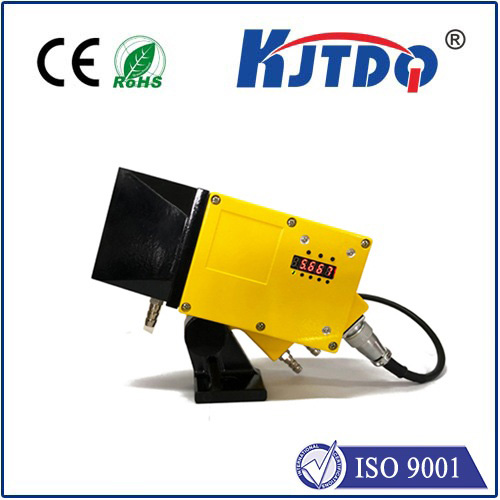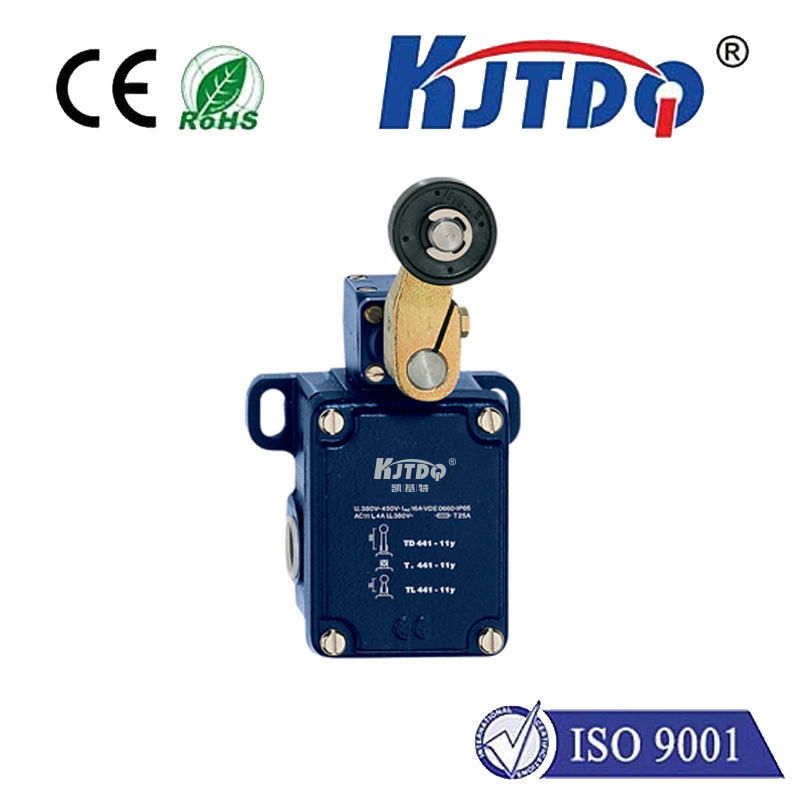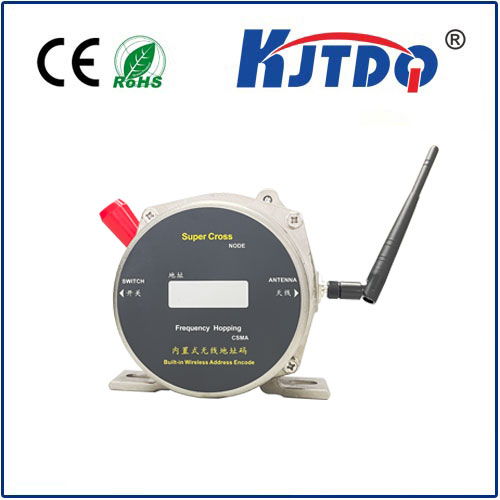ls 1b limit switch
- time:2025-08-01 08:53:49
- Click:0
LS 1B Limit Switch: Precision Control Where It Matters Most
Imagine a robotic arm gracefully placing components on an assembly line. It moves with speed and accuracy, stopping exactly at the designated point every single time. Or picture heavy industrial doors in a factory, opening just wide enough for equipment passage and halting reliably before causing damage. What often makes these critical, repeatable stops possible is a small but mighty component: the LS 1B limit switch. This device is a fundamental workhorse in industrial automation, providing dependable position detection and control in countless applications.
Understanding the Limit Switch Fundamentals
A limit switch, quite simply, is an electromechanical device designed to detect the presence or absence of an object (its “target”) and convert that physical contact into an electrical signal. It acts like a highly reliable traffic cop for machinery. When an actuator, machine part, or moving object touches the switch’s lever, roller, or plunger (the actuator arm), it triggers an internal mechanism (snap-action mechanism) that rapidly changes the state of its electrical contacts – typically opening or closing a circuit.
This signal change is the crucial output. It can be sent to a Programmable Logic Controller (PLC), a motor starter, a relay, or other control systems. Based on this signal, the control system can:

- Stop a motor or movement (e.g., at the end of travel).
- Start a process or reverse movement.
- Change direction of a conveyor or actuator.
- Initiate a sequence within a machine cycle.
- Provide safety interlocks, ensuring guards are closed before operation.
Why the LS 1B Stands Out
While countless limit switch models exist, the LS 1B designation signifies a specific family known for its compact size, robust construction, and versatility. These switches often adhere to a common form factor, though specific electrical ratings, actuator types, and environmental protections can vary between manufacturers. Key characteristics typically associated with LS 1B style switches include:
- Compact Design (Body Size): Engineered to fit into tight spaces where machinery real estate is limited, making them ideal for modern, densely packed automation systems.
- Rugged Construction: Built to withstand the harsh realities of industrial environments. Housings are often made of durable metals (like zinc die-cast) or high-impact engineering plastics, offering excellent resistance to physical impact and vibration.
- Versatile Actuation: Available with a wide array of actuator options to suit different applications:
- Roller Lever: Ideal for detecting objects moving past the switch.
- Simulated Roller Lever: Offers roller benefits in tighter spaces.
- Rod Plunger: Best for precise, direct linear actuation.
- Adjustable Lever: Allows fine-tuning of actuation position.
- Flexible Rod: Reaches into awkward spots and self-adjusts.
- Wobble Stick: Detects movement from any lateral direction.
- Reliable Electrical Performance: Commonly rated for switching significant electrical loads directly (e.g., 10A @ 250VAC or 15A @ 125VAC). Their snap-action contacts ensure fast, clean switching, minimizing arcing and extending contact life, often rated for millions of operations (mechanical life).
- Environmental Sealing: Many LS 1B variants boast impressive IP (Ingress Protection) ratings, such as IP65 or IP67. This means they are effectively dust-tight and protected against powerful water jets (IP65) or even temporary immersion (IP67), crucial for washdown areas, outdoor use, or dusty workshops.
- Multiple Contact Configurations: Offering common setups like SPDT (Single Pole, Double Throw) – providing both Normally Open (NO) and Normally Closed (NC) contacts in one unit – or DPDT (Double Pole, Double Throw) for controlling two separate circuits simultaneously. This flexibility is vital for complex control logic.
- Easy Installation: Standardized mounting holes (often conforming to common industry patterns) and connection terminals simplify integration into machinery. Adjustable brackets are also frequently available for precise positioning.
LS 1B: Diverse Applications Where Reliability Reigns
The robustness and versatility of the LS 1B limit switch make it indispensable across numerous industries:
- Material Handling & Conveying: Detecting package presence/absence, positioning pallets, defining conveyor start/stop points, and end-of-travel limits for lifts and hoists.
- Packaging Machinery: Controlling film feed, carton forming, case erecting, and ensuring product is in position for filling or sealing. Precision stopping is critical here.
- Factory Automation Robots: Setting robot arm travel limits, confirming gripper positions, and ensuring safety perimeters are respected.
- Door & Gate Control: Automating industrial doors, dock levelers, security gates, and barriers, ensuring they open fully and close securely without over-travel.
- Machine Tools: Defining axis travel limits on CNC machines, lathes, mills, and presses, preventing crashes and tool damage. End-of-travel protection is essential.
- Agricultural Equipment: Monitoring implement positions on tractors and harvesters, detecting bin levels, and controlling seed/fertilizer feeds – demanding resilience against dirt and moisture. IP67 sealing proves invaluable.
- Textile Machinery: Controlling loom shuttle positions, yarn tensioners, and fabric feed mechanisms.
- HVAC Systems: Detecting damper positions in large air handling units or verifying filter status.
Choosing the Right LS 1B Switch: Key Considerations
Selecting the optimal LS 1B limit switch involves carefully evaluating your application’s specific demands:
- Environmental Conditions: Is the switch exposed to dust, water washdown, oils, chemicals, extreme temperatures, or severe vibration? Choose the appropriate housing material (metal vs. plastic) and confirm the IP rating meets or exceeds the environmental challenge.
- Electrical Requirements: What is the voltage and current (amperage) of the load the switch needs to control directly? Does it need to handle inductive loads (motors, solenoids) or resistive loads (heaters, lights)? Ensure the switch’s electrical ratings match or exceed these requirements. Consider adding a relay for very high loads.
- Actuation Type & Force: How will the target object contact the switch? Consider the direction of approach, the available space, and the force applied. Select the actuator style (roller lever, plunger, etc.) that will operate reliably and endure the expected physical contact over time. Actuator length is also crucial for reach.
- Contact Configuration: Does the control logic require a Normally Open (NO), Normally Closed (NC), or SPDT (NO+NC) signal? SPDT offers the most flexibility.
- Operating Life: How many actuation cycles are expected? While LS 1B switches are generally durable, demanding high-cycle applications might warrant specific models with enhanced mechanical life ratings. Snap-action mechanisms inherently contribute to long life.
- Mounting Constraints: Ensure the switch’s physical dimensions and mounting options (bracket types, mounting hole pattern) fit within the available space on your machine.
LS 1B vs. Alternatives: Knowing Your Options
While the LS 1B excels in many direct-contact applications due to its simplicity,






